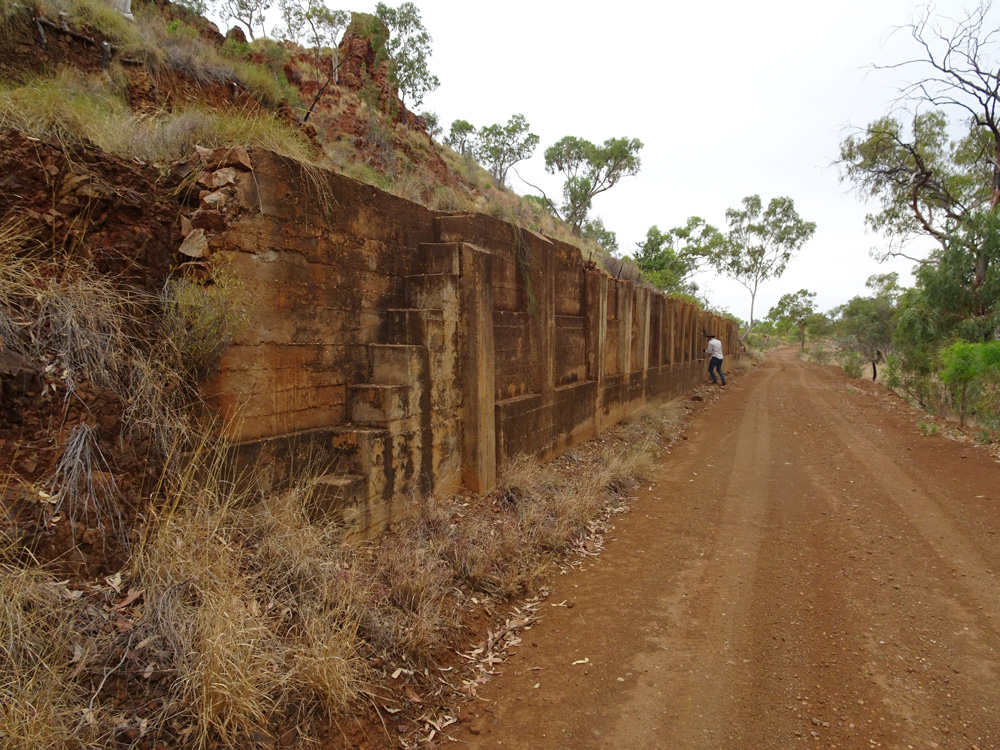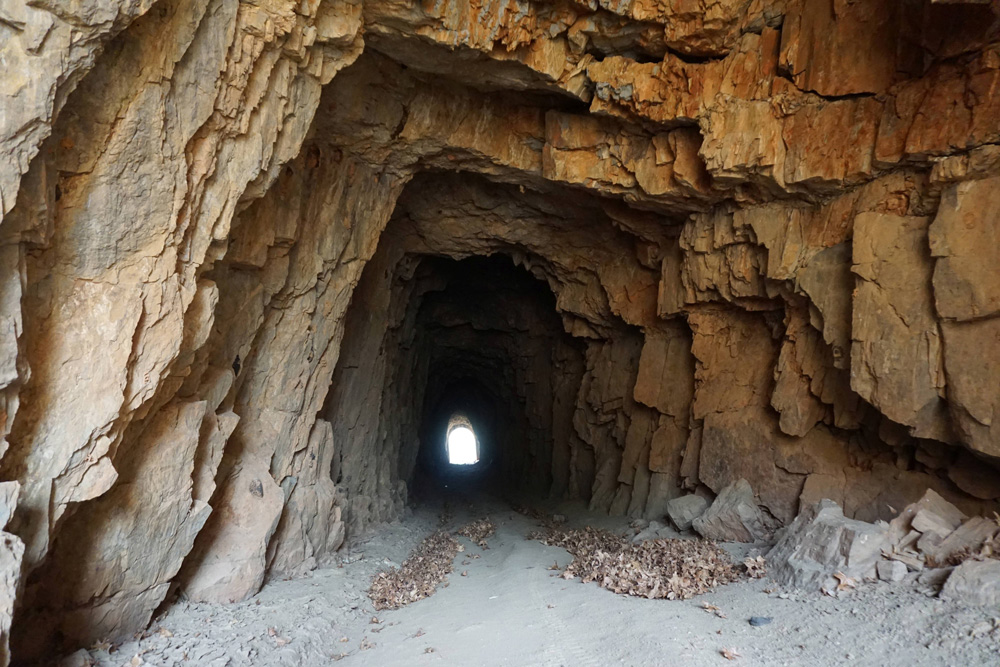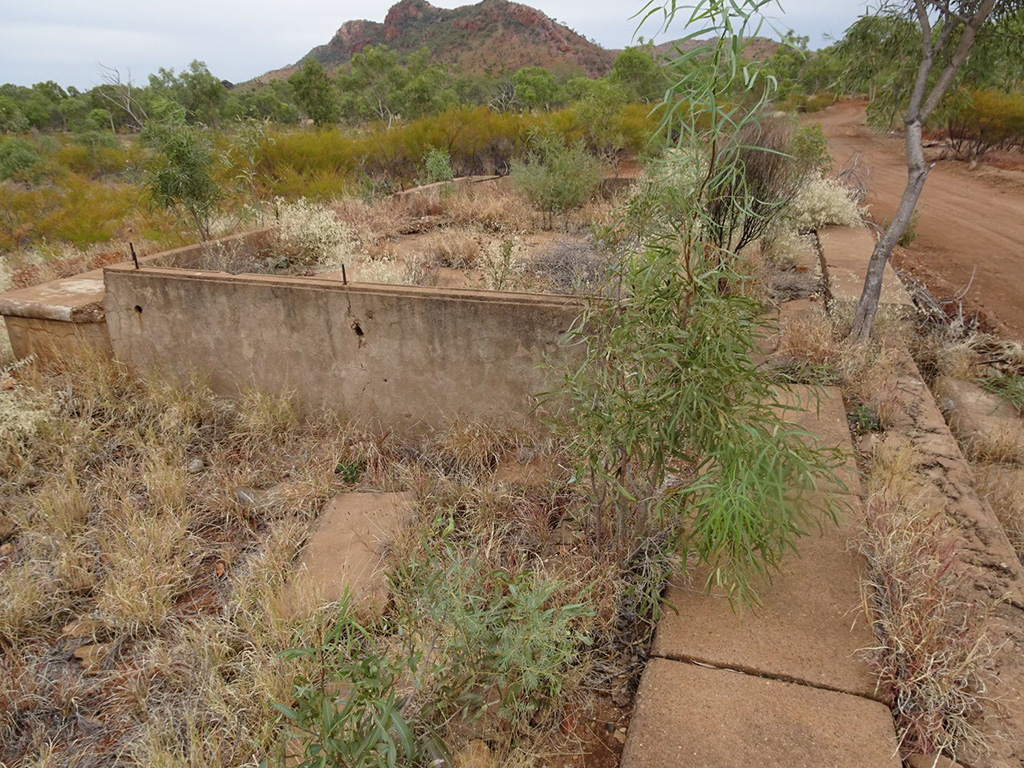Wee Macgregor Tram and Railway and former mining towns of Ballara and Hightville
What
The Wee MacGregor tram and rail complex, and the former towns of Ballara and Hightville, between Mt Isa and Cloncurry, date from the early 1900s.
Copper prices soared through the period of World War I. In 1912, the Cloncurry mining fields produced 45 per cent of Queensland’s copper production, with annual copper earnings exceeding earnings from gold. Some 1,485 miners worked the copper mines in the area, which was Queensland’s foremost producer of this mineral.
But it was short-lived. By the 1920s prices plummeted and by 1926 the towns, which included a police reserve, a hotel, post office, hospital and school, and the tram and railway (which had its own Act of Parliament), were largely abandoned.
The tramway closed in 1921 and the railway in 1929, and the tracks were removed. Hightville was largely abandoned by around 1920 and Ballara similarly by around 1926 and the foundations and ruins of buildings and residences are all that remain.
Image gallery
When and where
An application to enter the Wee MacGregor tram and rail complex and the former towns of Ballara and Hightville into the Queensland Heritage Register was made by a local heritage organisation, with the Queensland Heritage Council approving the listing in March 2019.
The Wee MacGregor tram and rail complex, and the former towns of Ballara and Hightville, lie south of the Barkly Highway, in the Argylla Ranges between Mt Isa and Cloncurry.
Facts and figures
- The tram and railway operated from 1914. Combined, they were almost 40 kilometres long, ran though cuttings and over embankments that involved significant earthworks, crossed eight railway bridges, ran through a 77-metre tunnel through MacGregor Hill, and had stations, platforms, goodsheds, maintenance sheds, stores and offices servicing the route.
- A 3-foot 6-inch gauge railway comprised the main section of the line, from Ballara to Hightville, across relatively low and flat ground, with a 2-foot narrow-gauge tramway traversing steeper, more hilly and elevated sections from Hightville to the Wee MacGregor mine. A short branch tramway also ran to the nearby Wallaroo mine.
- The Wee MacGregor Tramway Agreement Act was passed in December 1912 and facilitated the Queensland Government contributing towards the cost of the rail infrastructure.
- At its height, three trains per week carried ore along the tram and railway complex while government run trains carried passengers on the main railway line from Cloncurry and other centres.
- The settlement that became Hightville, closest to the mine, started in 1909 and included mining company offices, a store, and the MacGregor Hotel, with the town being officially surveyed in 1913
- Ballara, surveyed in 1914, was the railway terminus, and it was here that a transfer station conveyed the ore from the tram and railway to the main railway line to Cloncurry. Among other services, Ballara boasted a hospital and a school.
Reflections and learnings
“The Wee MacGregor tram and rail complex and the former towns of Ballara and Hightville are representative of the very temporary nature of many mining towns and associated railways in Queensland, and their vulnerability to commodity prices.
What’s been left behind, however, is important in revealing to us vital information about the construction and operation of remote mining infrastructure and the people who lived and worked in these far-flung mining operations.”
—George Seymour, Deputy Chair, Queensland Heritage Council
Find out more
Further information on the tram and railway complex, and the former towns, can be found at Wee MacGregor tram and rail complex.





